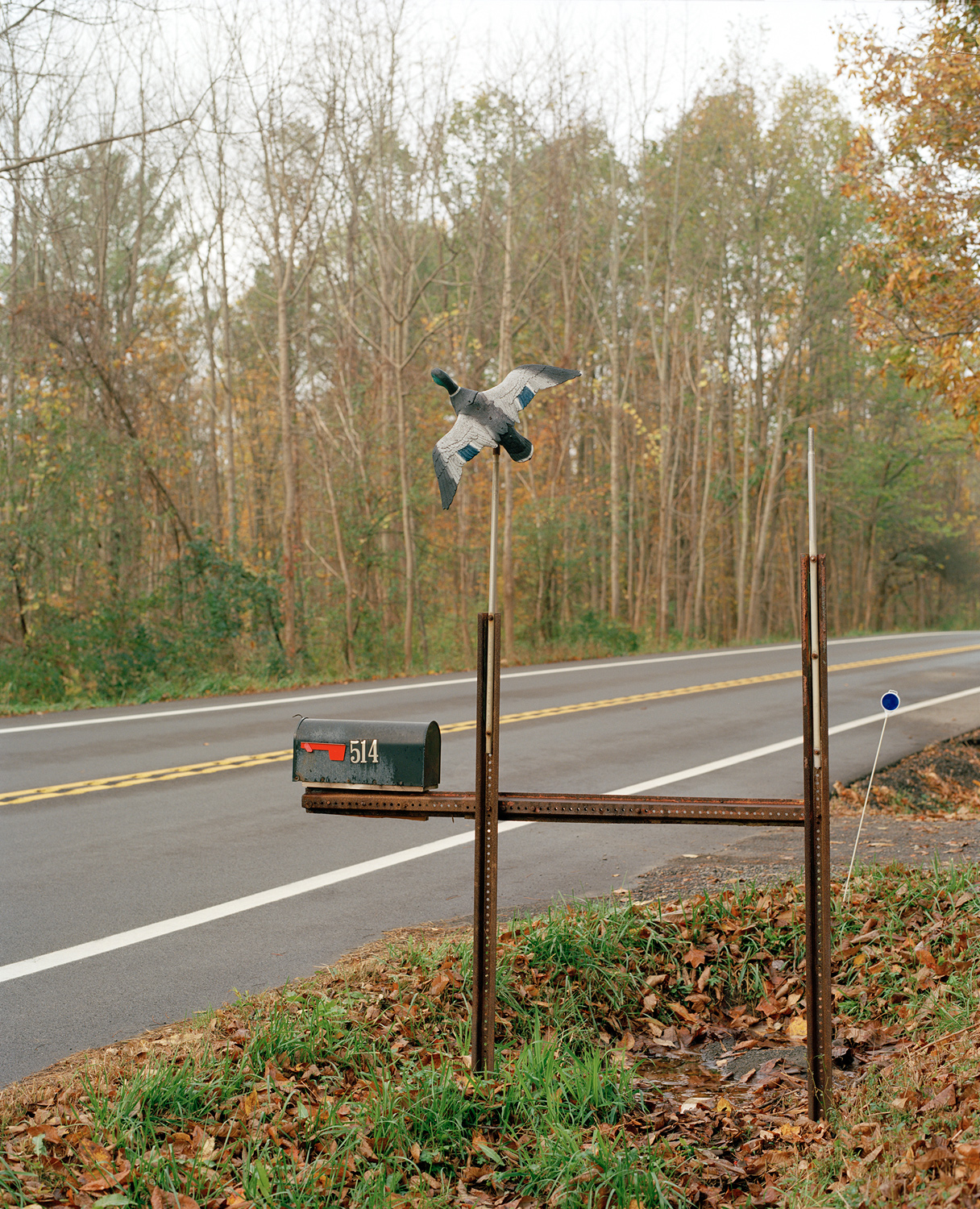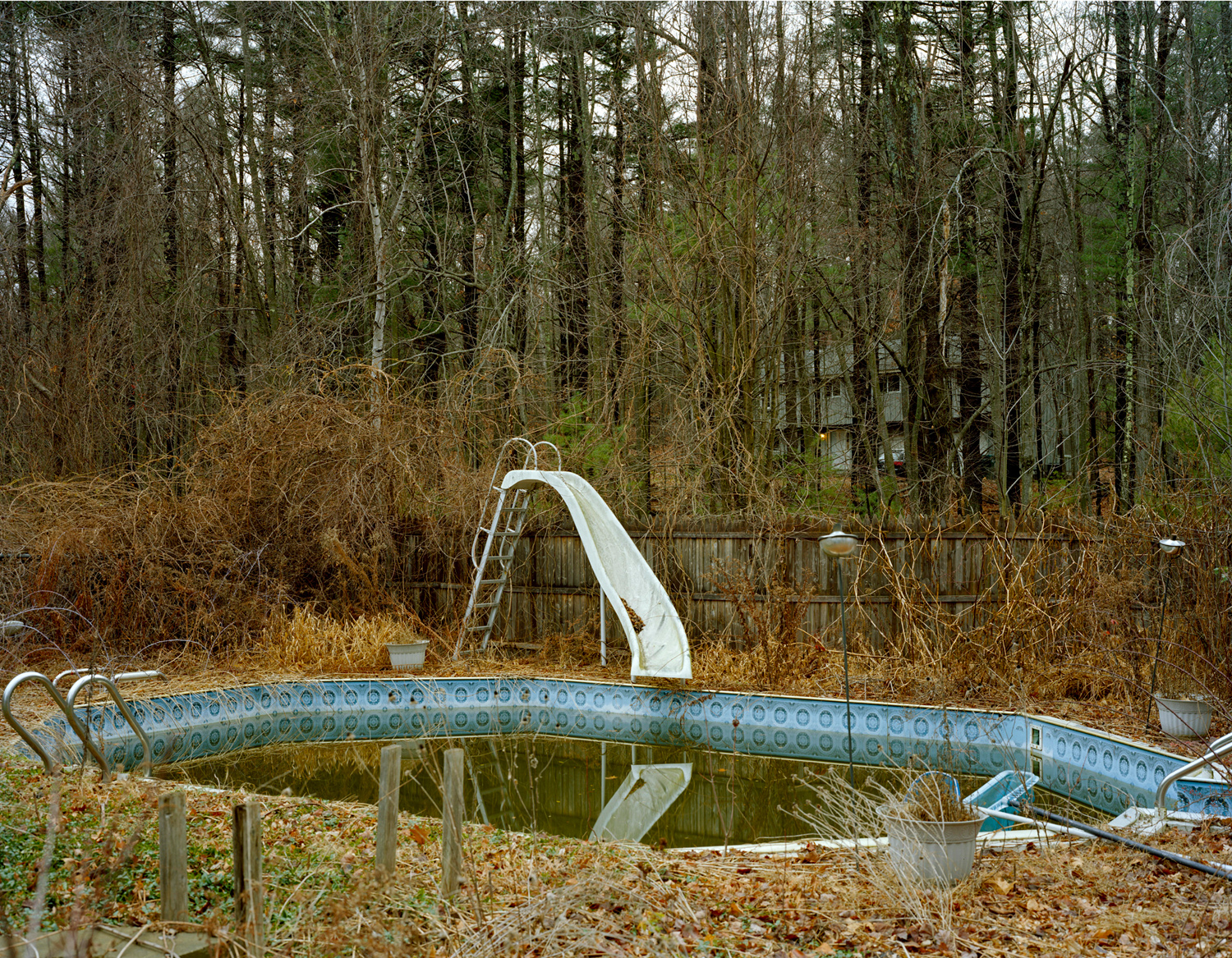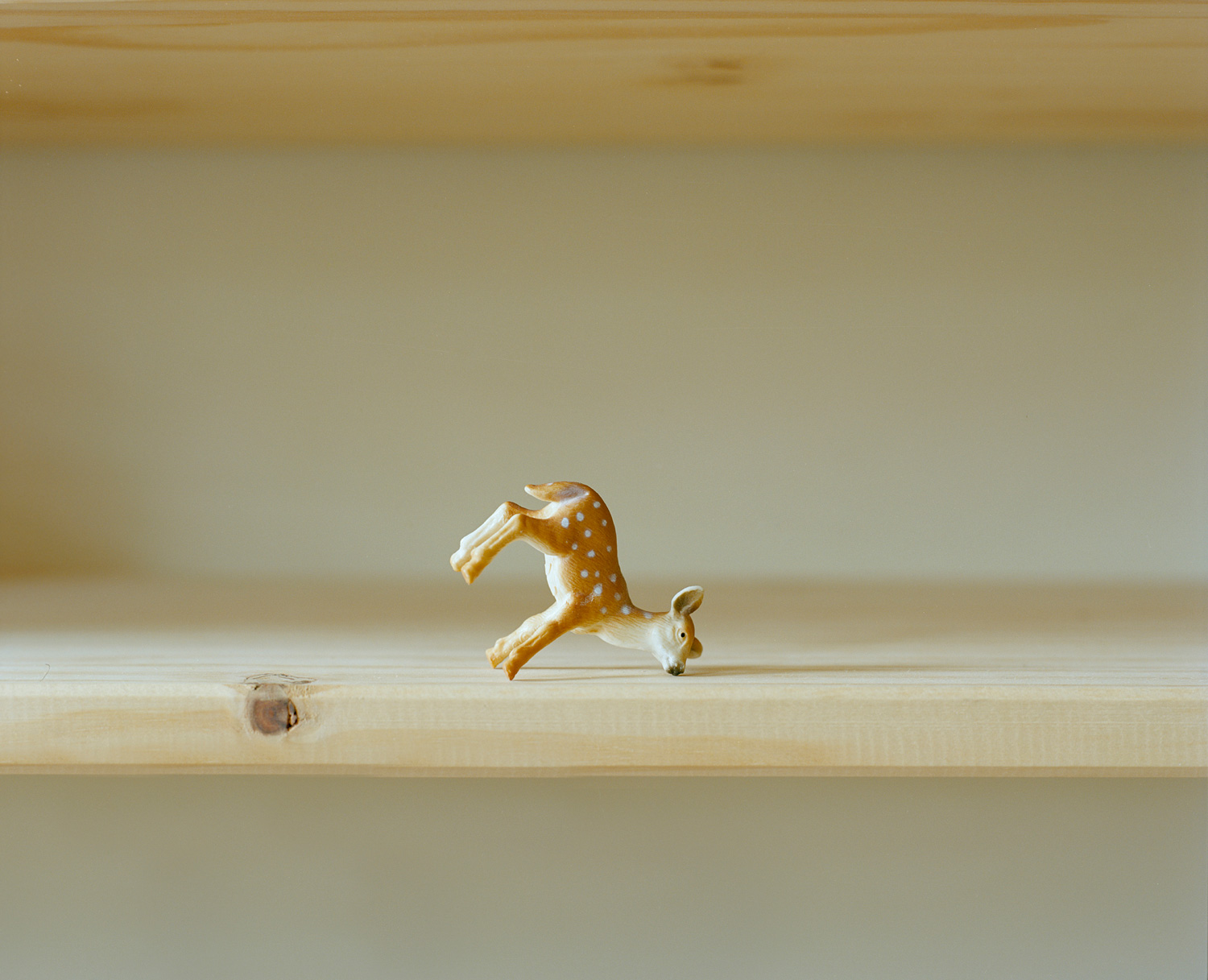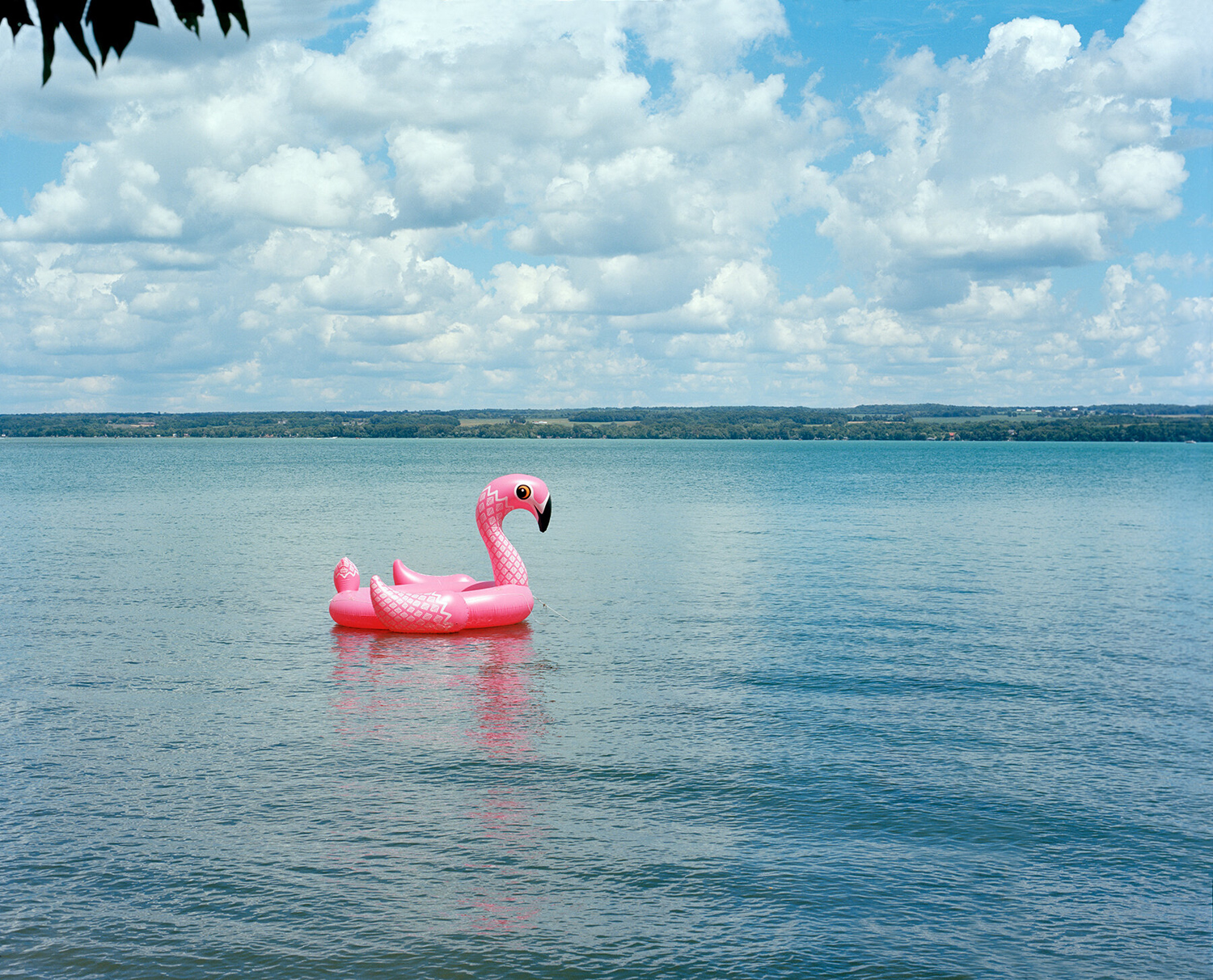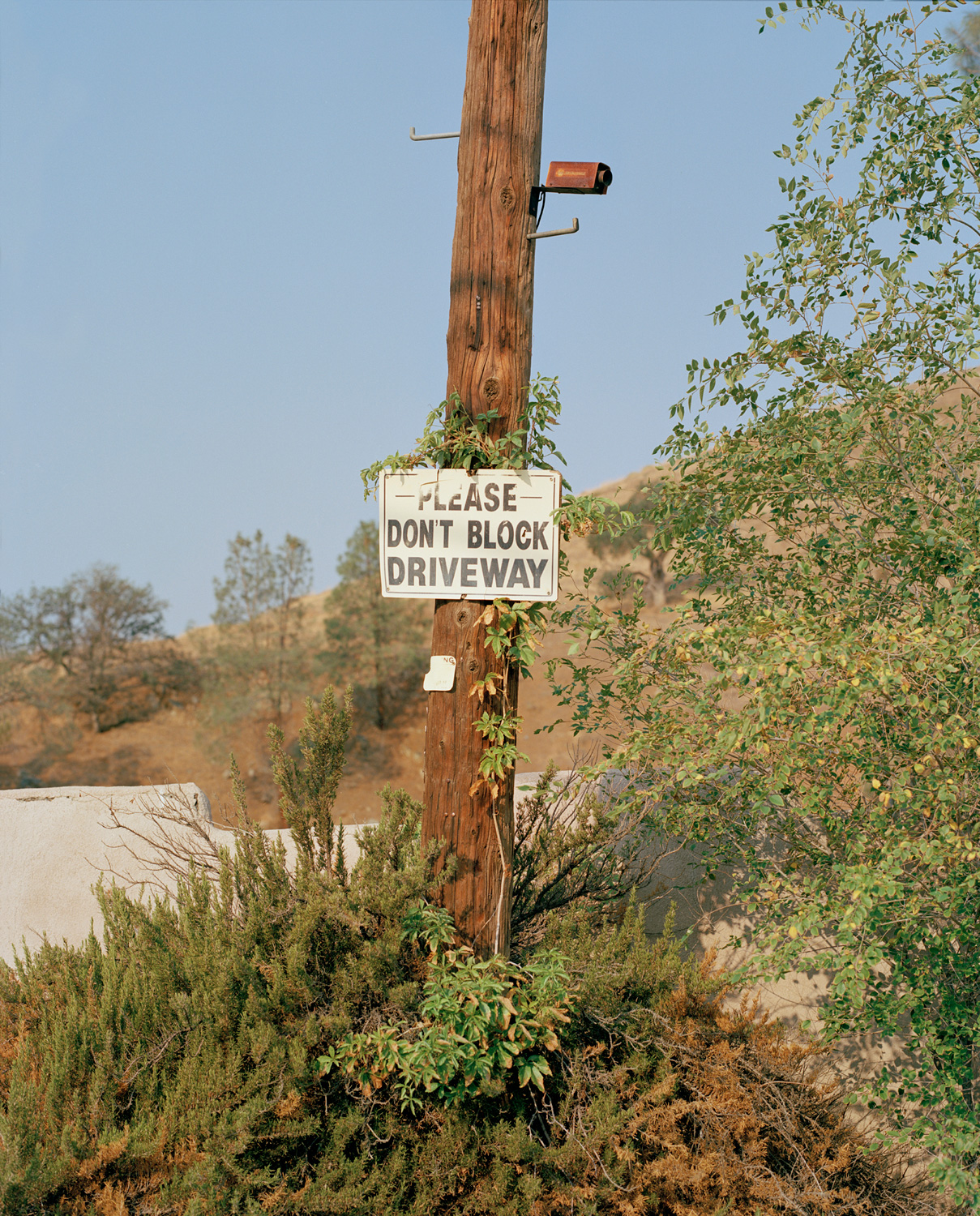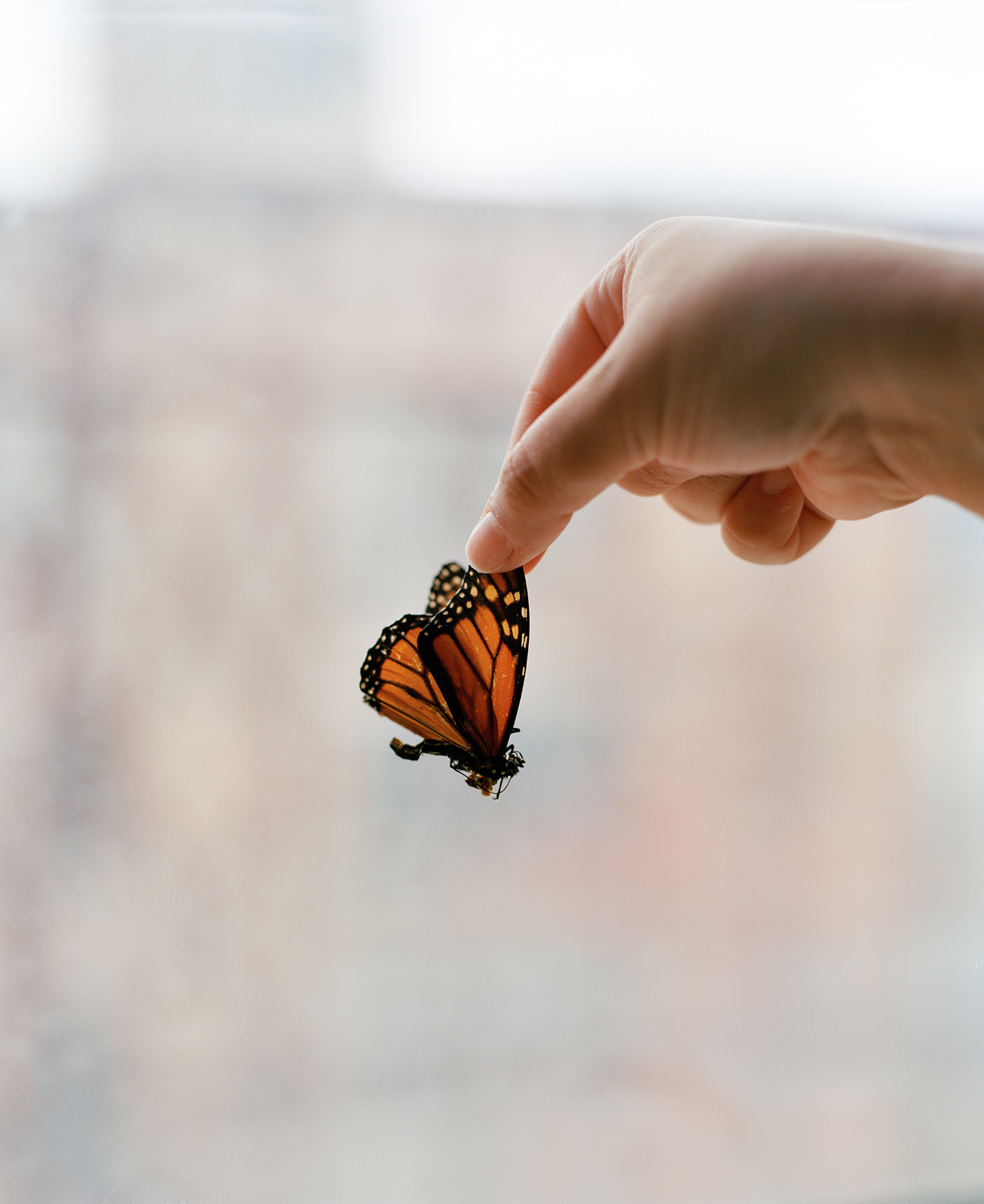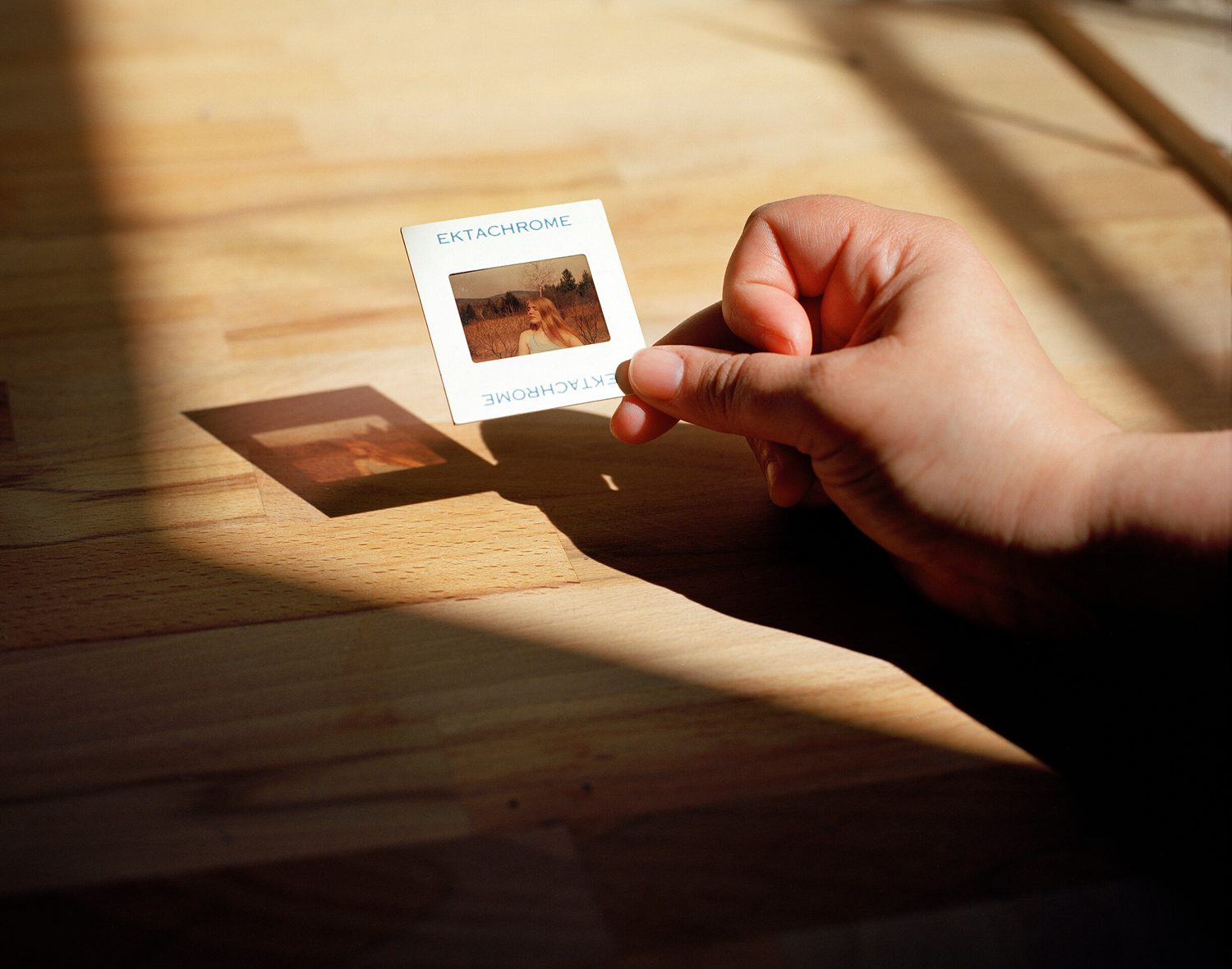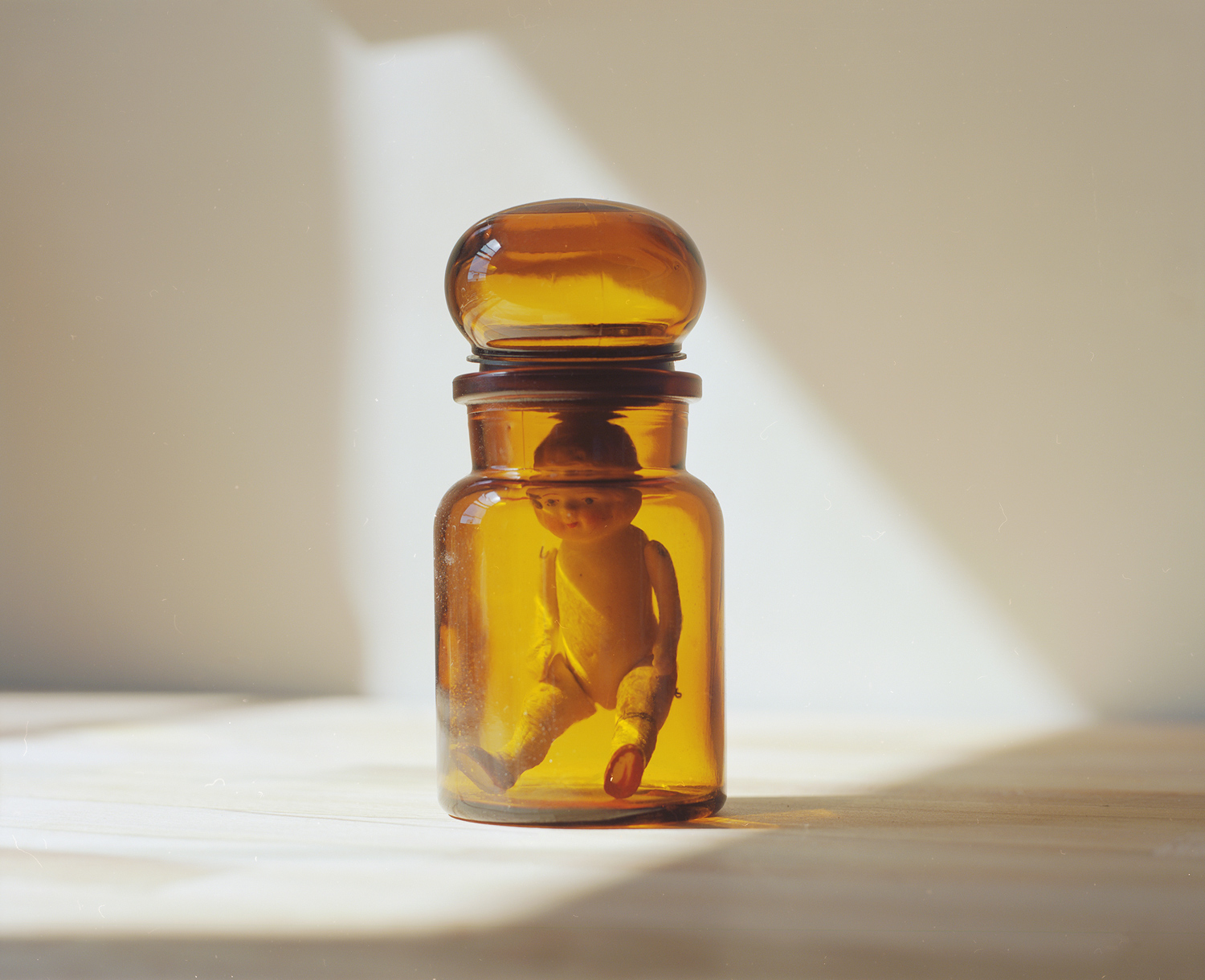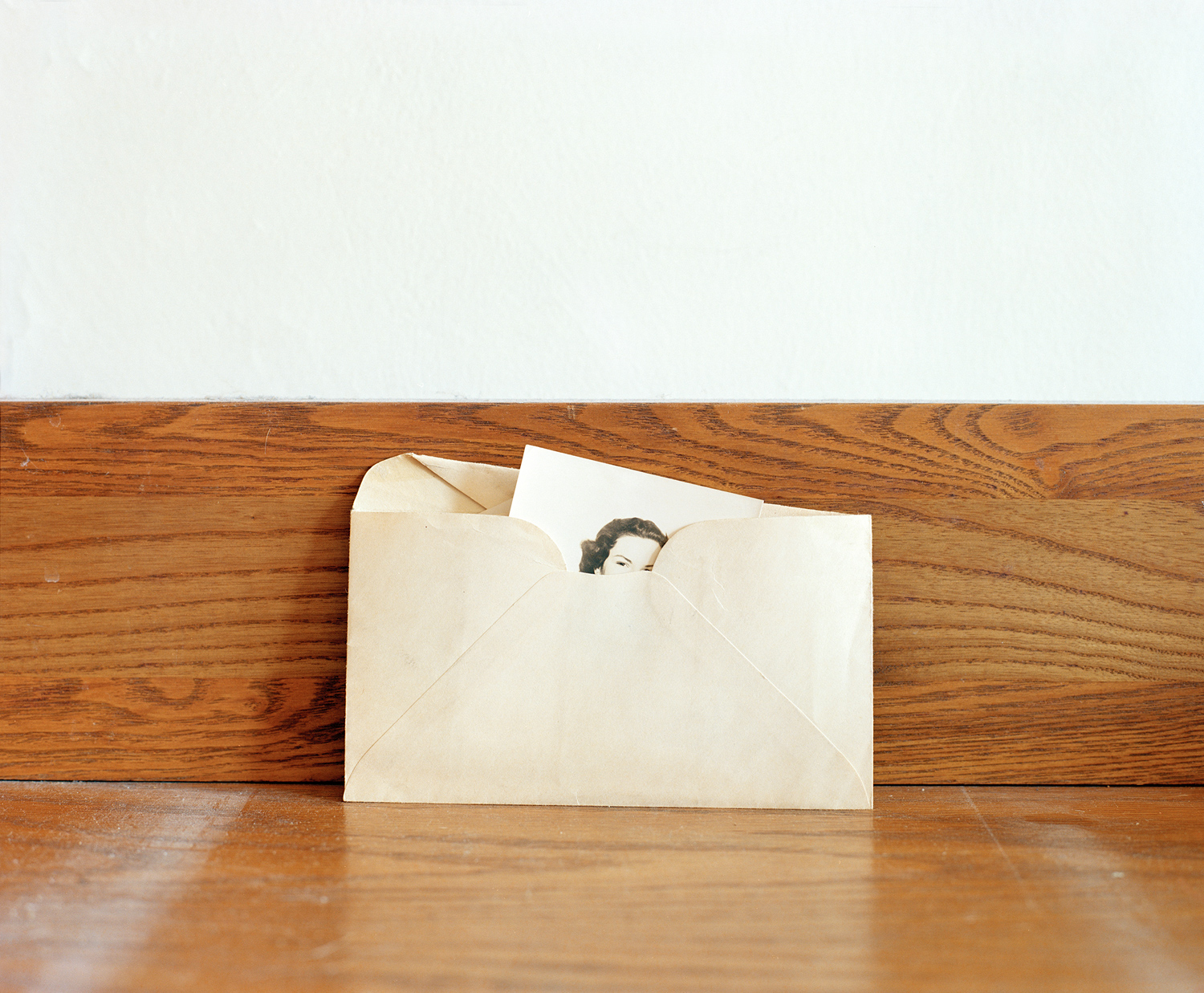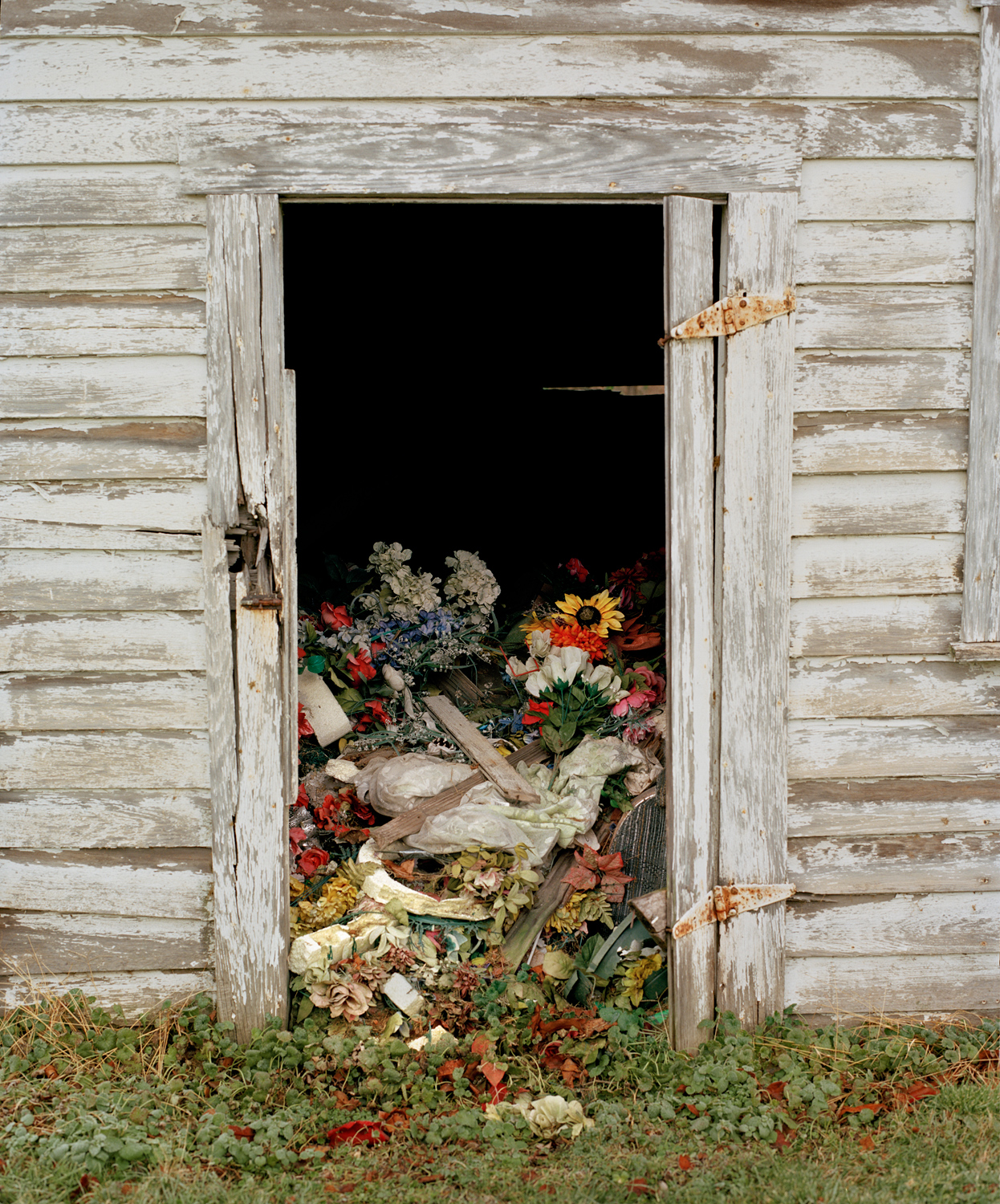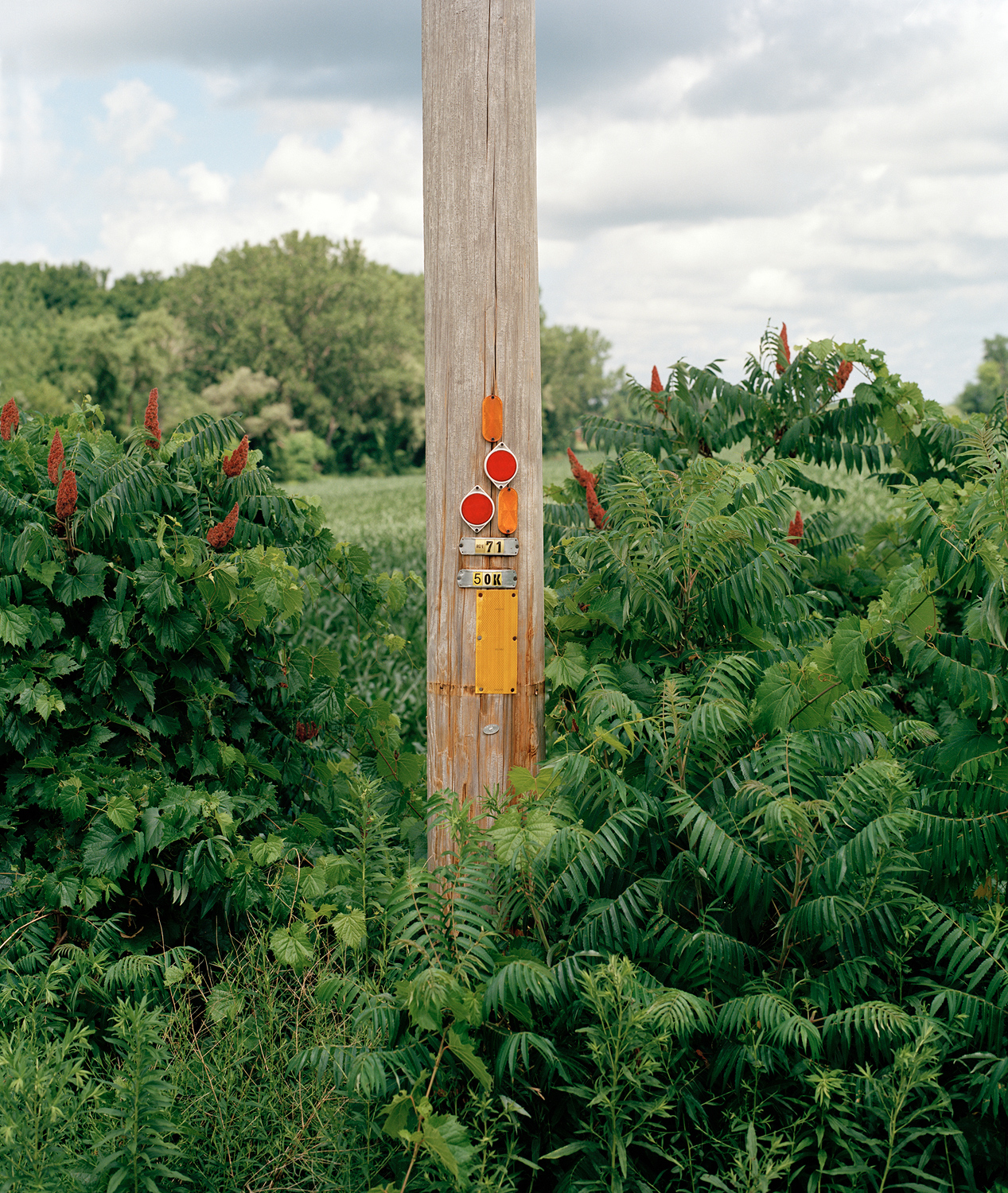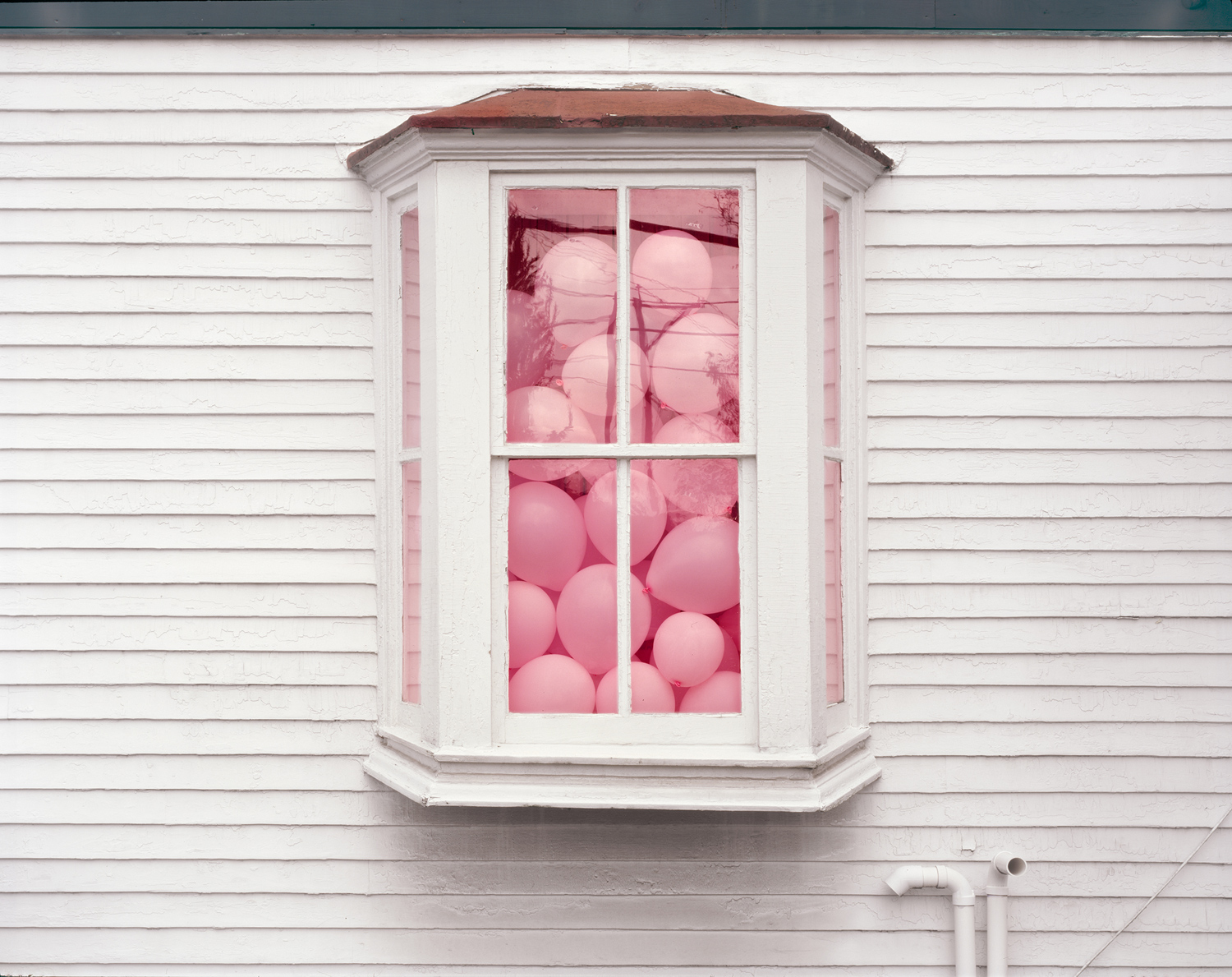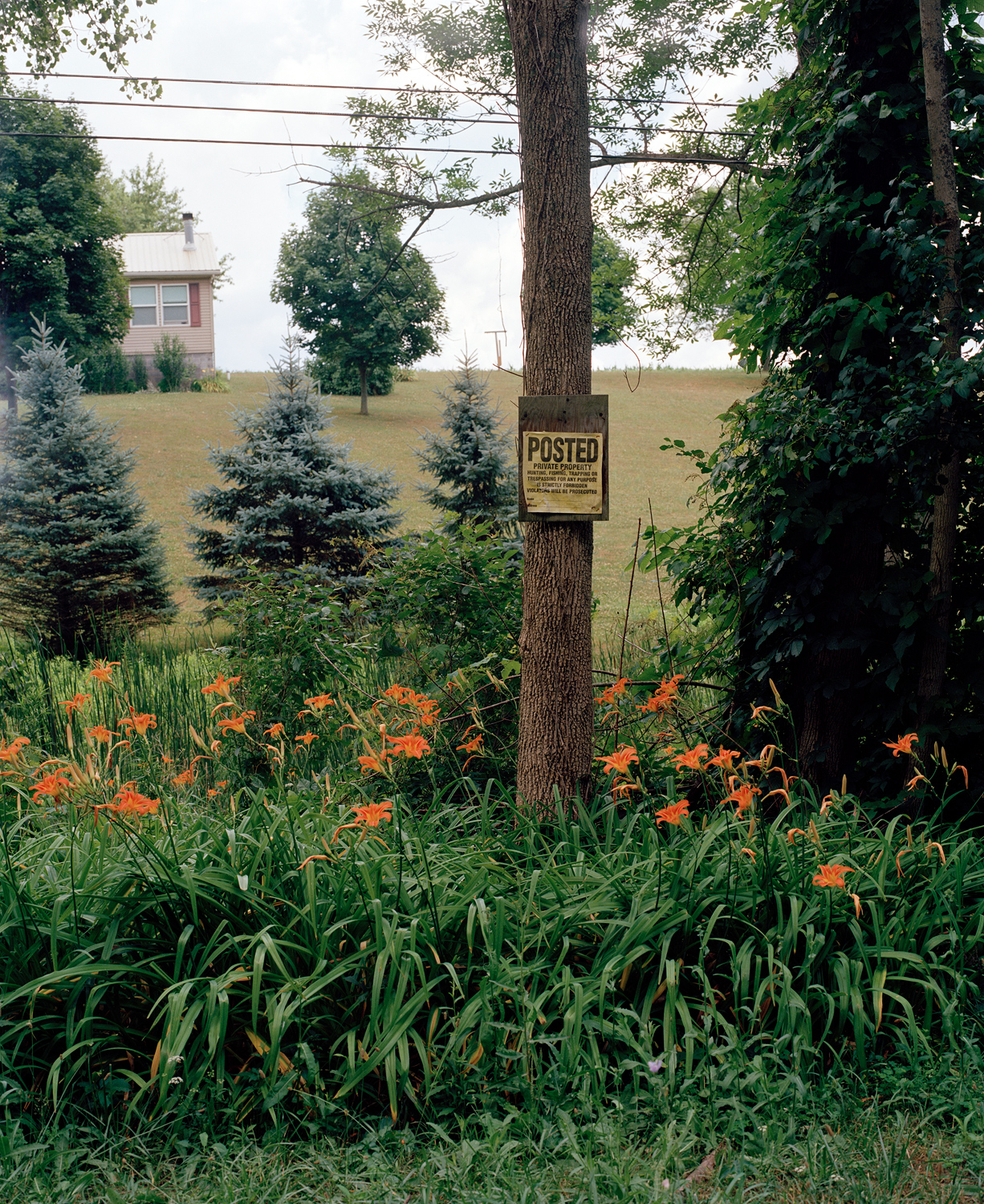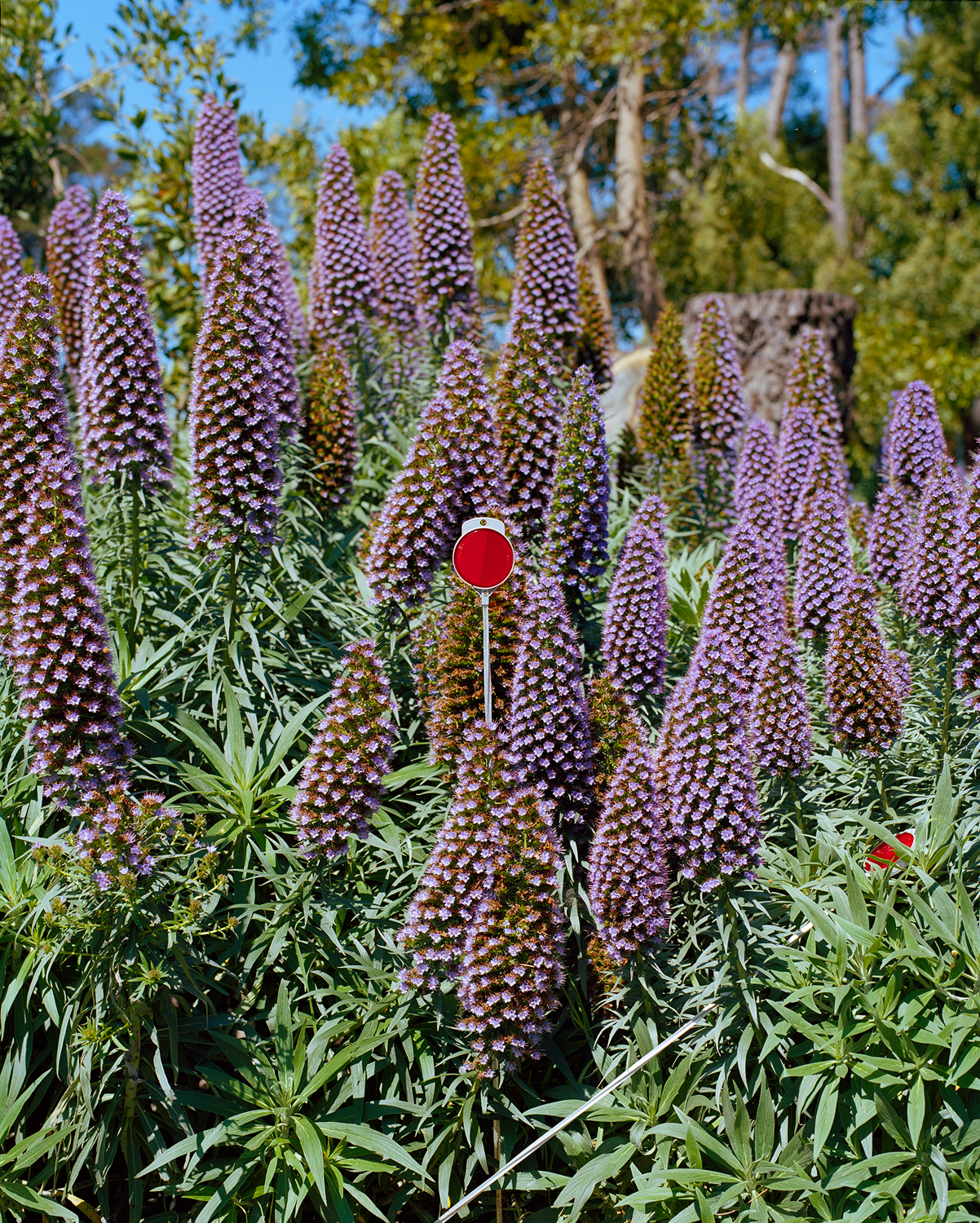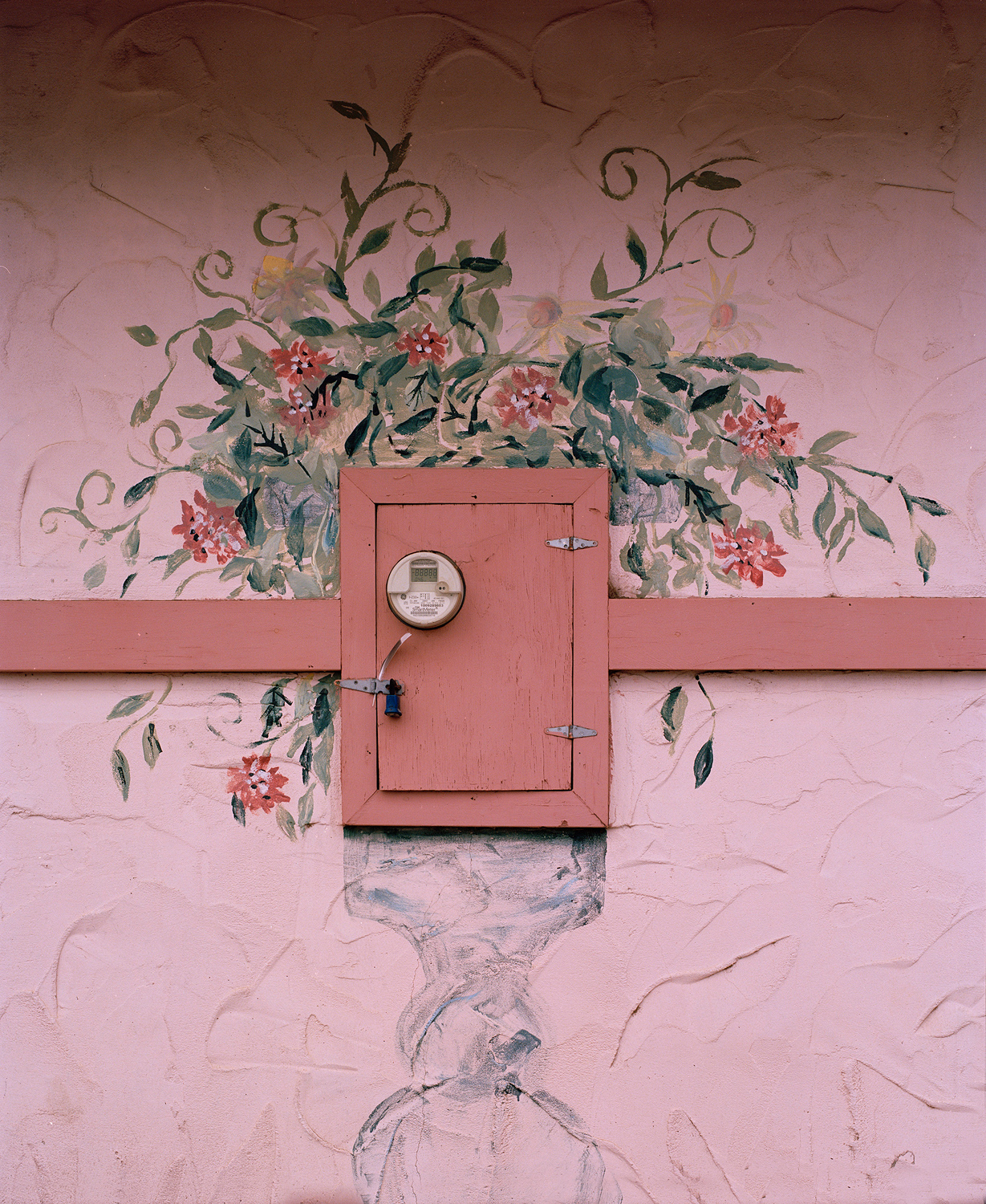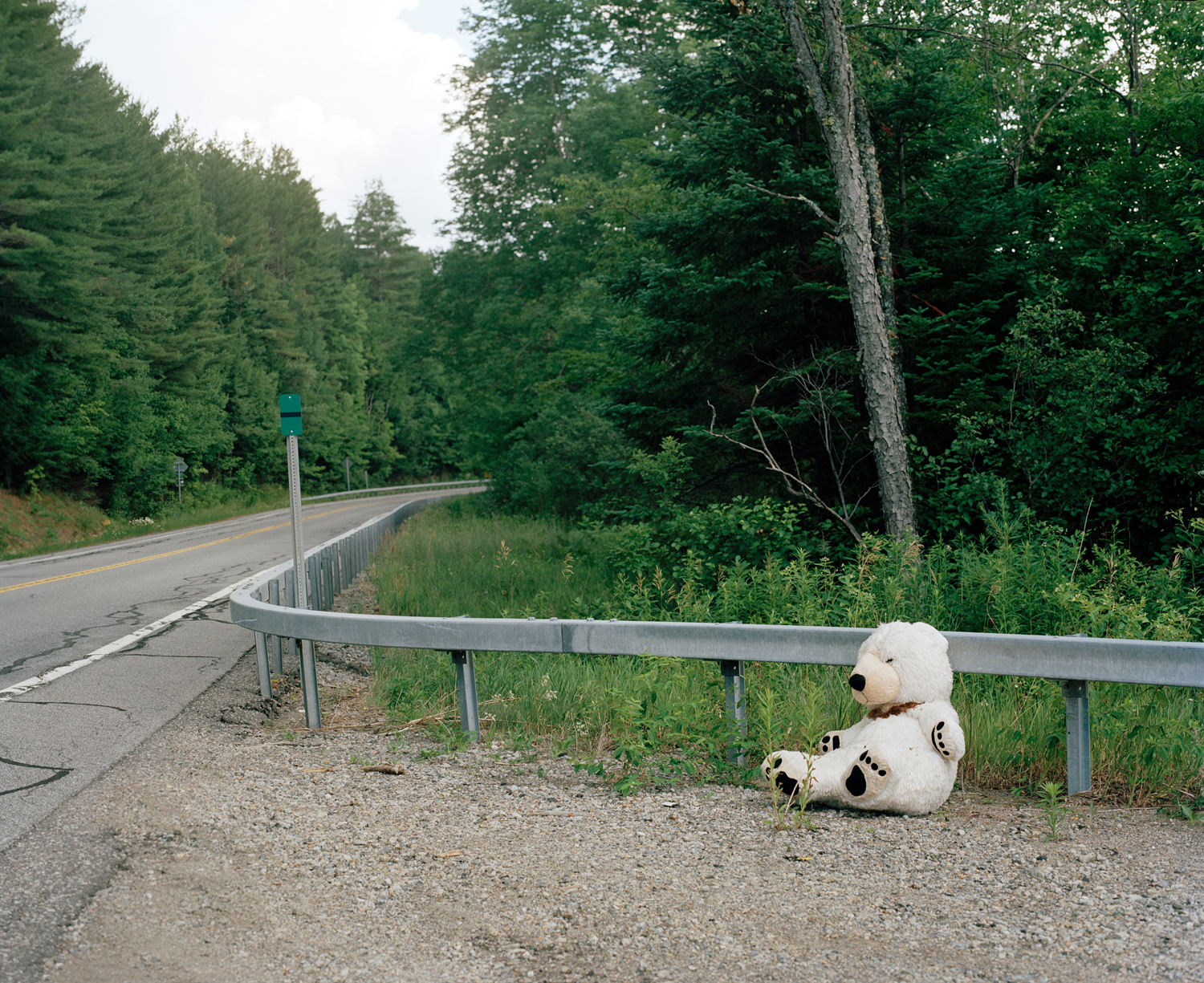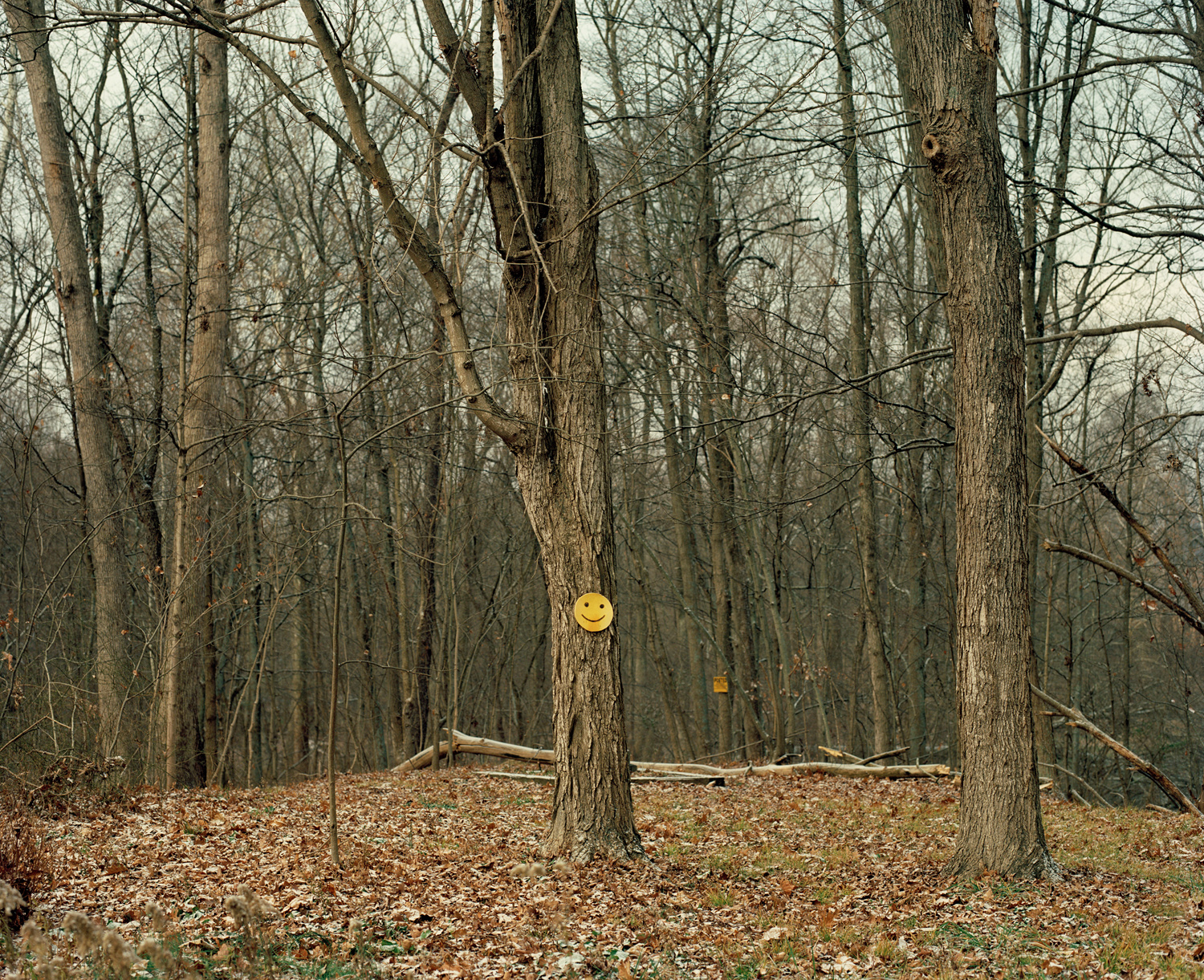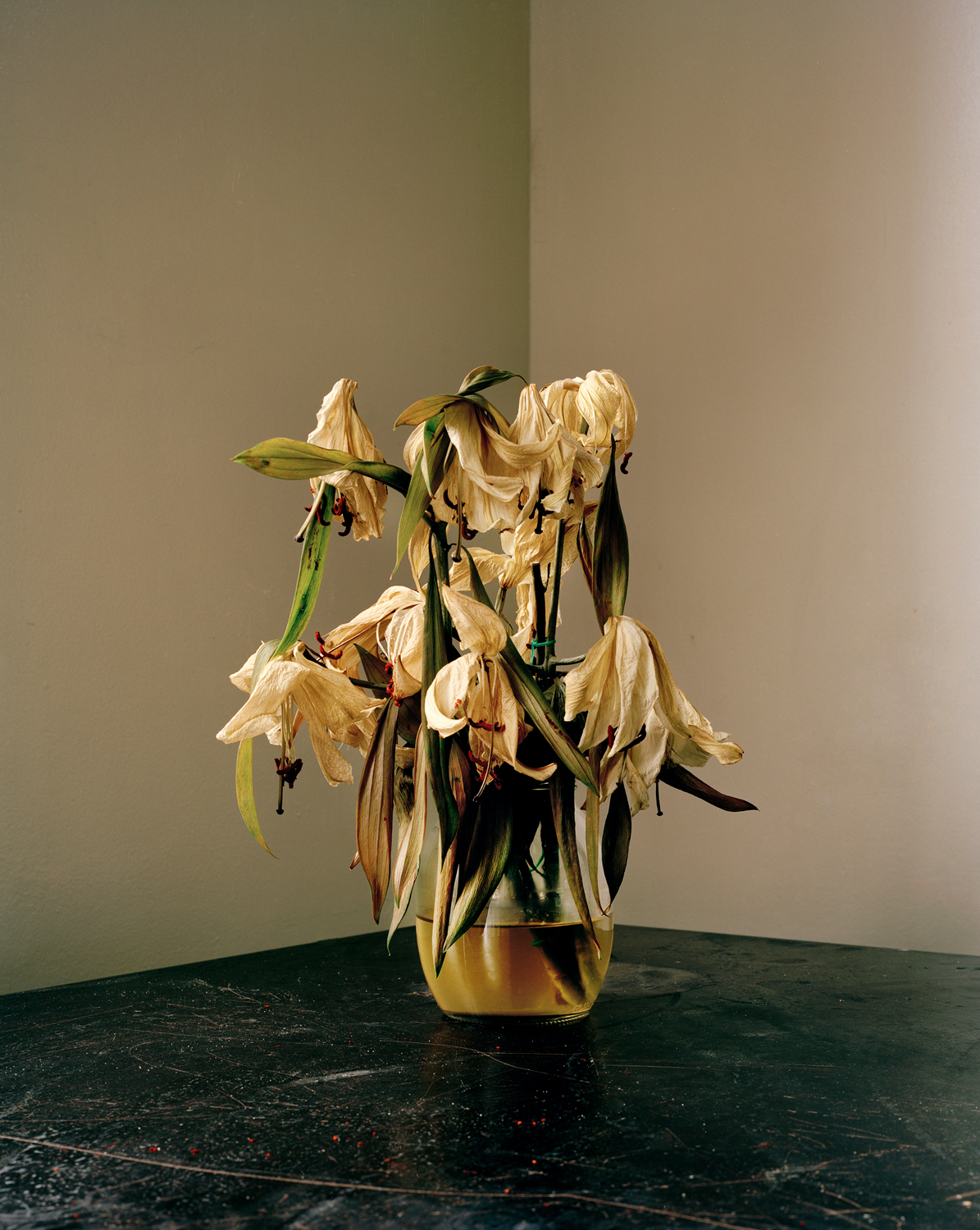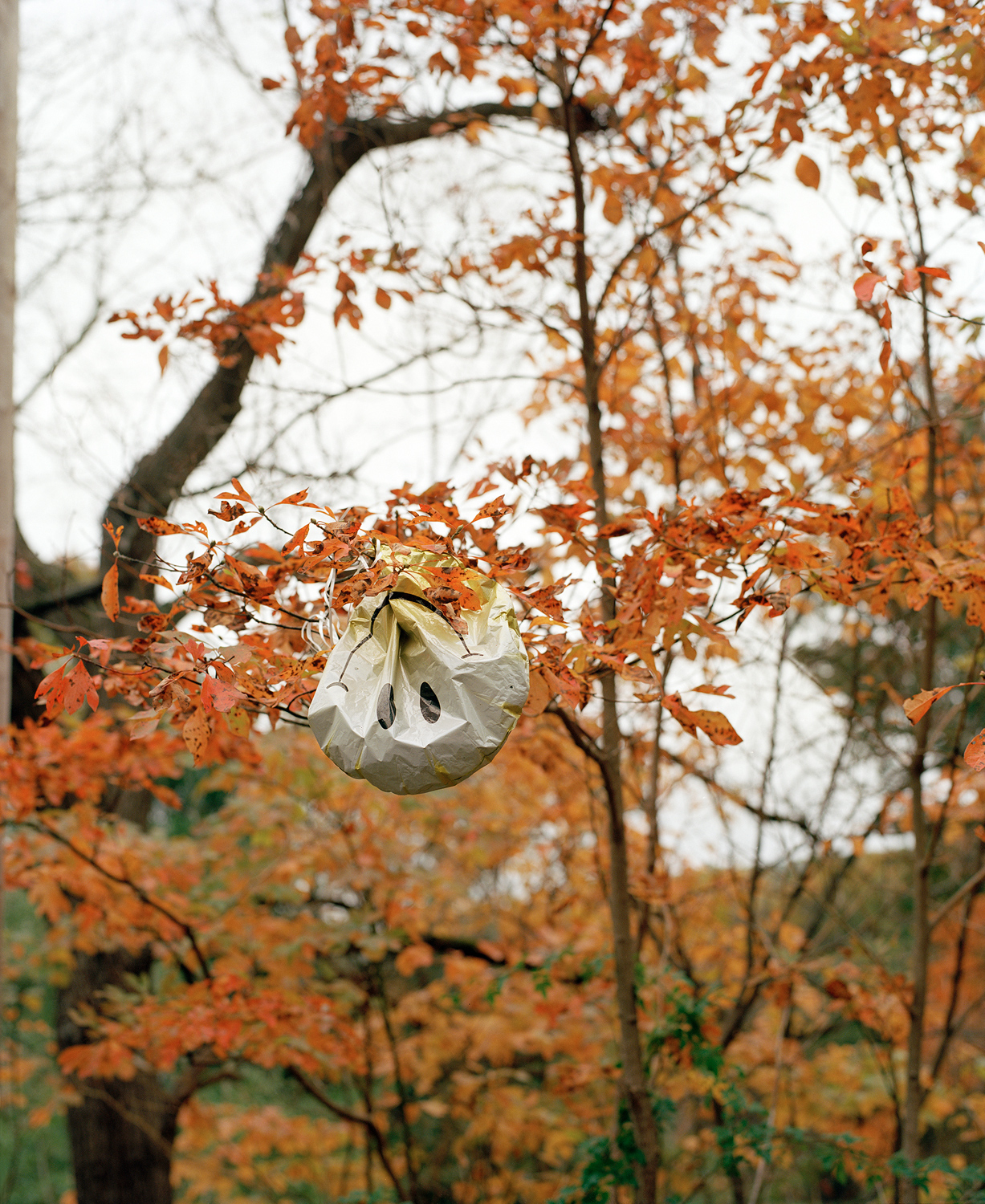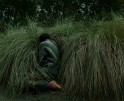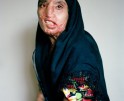Dana Stirling: Why am I Sad?
This week we are looking at the work of artists who submitted projects during our most recent call-for-entries. Today, Dana Stirling and I discuss Why am I Sad?.
Dana Stirling is a fine art photographer and the Co-Founder & Editor In-Chief of Float Photo Magazine since 2014. Originally from Jerusalem Israel, Dana is now based in Queens New York. She received her MFA from The School Of Visual Arts in Photography, Video, and Related Media in 2016 and her BA from Hadassah College Jerusalem in Photographic Communications in 2013. Her work has been exhibited in group show including, Candela Books + Gallery VA, The Rockaway Artists Alliance NY, Vermont Center for Photography, Lafayette College PA, Radiator Gallery NY, Fresh Paint Art Festival Israel, Bezalel Gallery Israel, Inga Gallery Israel, Tel Hai Museum of Photography Israel, Brick Lane Gallery UK, Saatchi Gallery UK and others. Features of her work have appeared in Buzzfeed, C41 Magazine, Too Tired Project, Humble Arts Foundation, Musée Magazine, One Twelve Magazine, She Shoots Film Magazine, FishEye Paris, Aint-Bad Magazine, European Photography Magazine, The Week Photo Blog, Feature Shoot, Hyperallergic, PetaPixel, It’s Nice That, Fast Co. Design, Lensculture, Der Grief Magazine, Lenscratch, The Telegraph Newspaper, Israel Ha’yom Newspaper and others. Her hand-made artist book is a part of these select library collections, Yale University, Mass Art College of Art and Design collection, Savannah College of Art and Design collection and Goldsmith University, London. She was awarded the , Shutter Hub YEARBOOK Award (2021), NYSCA/NYFA Artist Fellow Finalist in Photography from The New York Foundation for the Arts (2019), Gross Foundation-Grant for Excellency in photography (2013) and Google Photography Prize, Final Ten at Saatchi Gallery (2012).
Follow Dana Stirling on Instagram: @dana_stirling
Why am I Sad?
This in progress body of work is a self-reflection of who I am as a person and my connection to photography. Growing up back in a small town in Israel, I spent most of my time inside my room. I felt alone both outside those walls and inside of them. I was always alone even when I was around others. My house never really felt like a home, and my room was not an escape it was just all I had. Family was not a comfort; it was a cause for much of the stress, anxiety and mainly the sadness I felt. My mother, even though we didn’t speak about it often, suffers from clinical depression. I saw her lose more and more of herself, becoming less and less a person I understood. When you are young you just think of it as if your mom is just a little sad, so it makes sense that you also are – a little sad sometimes. It took me years to understand how it really affected me and my own struggles with depression. As I grew older, and my frustration of the situation grew, I found myself hiding in my room for days, hours and years, buried with my head down in this sand prison. I just felt sad all the time. I felt like there was no escape. Ever. In this loneliness, I found comfort in photography. With my camera it would be just me in my room and a random object like an eggshell, a figurine, a mirror etc. and I could have it tell my story for me. Photography allowed me to take my inner dialogue and bring it out by using still life as my personal coded language. I was able to communicate with these objects better than people. They told the story I was not able to. Now, years after moving as far as I could from that room, I find myself still being sad. Photography has become not just an escape but now also my burden. When I don’t photograph, I am sad, and when I do photograph my images are sad as well as if I am no longer able to escape the cloud of sad that is above me. “Why am I Sad?” is my exploration of my personal relationship to photography and the world that I see through my camera’s lens. It is an open question that I don’t intend to answer but I hope that I can find comfort in it once more.
Daniel George: From your writing, it sounds like this series began when you first picked up a camera and it has evolved over time as your sensibilities have developed. Would you mind expanding on your initial experience of finding “comfort in photography” and the value that those early images offered?
Dana Stirling: When I was younger I was jealous that my sister and grandfather both were really good at drawing. I also wanted to be creative but drawing was absolutely not in my genes. I thought for many years that maybe I could be a writer, but if I am honest, I am pretty terrible at writing, especially not anything creative.
In highschool I got a small digital pocket camera and started using it all the time, and I enjoyed the feeling of taking photos. I started taking photos around the house and exploring, and later I got a small DSLR and my now husband Yoav also helped me learn te basics of photography like aperture and exposure and teaching how to use the camera. I started taking more and more photos and just fell in love with it and hoped that maybe this could be my creative outlet that I was searching for all these years.
I was often in my room alone, thinking, and all I really had were random objects around me. I started capturing things like egg shells, glass figurines, fruit, dead bugs etc. They were small enough to handle in a home set up, and they were small enough for me to take the photos without making too much fuss or taking up space. It was a quiet moment just between me and them behind my closed bedroom door.
In undergraduate school, I started to really analyze and understand the things I was doing. I was able to start putting all the pieces together in my head and I just fell in love not only with photography as a medium but with still life in particular. I felt finally that I was able to communicate, that I had a voice in these visuals. The images were able to talk more then I could in words to the people around me. It just felt right. I think finding this early in my creative art process allowed me to grow as an artist and really explore these notions in the best possible way.
DG: I am curious, as you stated that this project is perpetually in-progress, how often you revisit and reedit. Over time, have any sort of trends/themes emerged that have given you greater insight into your ways of seeing?
DS: For me, all of the images I’ve taken so far are pretty much a continuation. I’ve always dealt with the notion of family, identity and mental health in various ways. I think for me these projects are just a collection of images in a specific period of time. Images I take are always a part of who I am as a person and they are always connected to each other in one way or another. I often bring back images from the “past” into the present because I don’t see them as segregated from one another.
This project, why am I sad, is probably something that will always be in-progreess, because I will probably always feel like this and this will always be something I deal with.
Having this group of images defined in this way just helps me mentally work on the images, it gives me a goal, gives me a reason to move forward and helps me keep focused on the bigger picture.
I often feel like my work is against all the trends, which is maybe why I do often get rejected, I never really follow anything that others are doing, I am just photographing things that are of interest to me, that help me articulate my struggles and inner dialogue. I don’t think I’ve ever really changed the style of my photos. I’ve been using the same camera with the same lens for many years now, I often photograph pretty straight forward on a tripod but it all became part of my visual language.
DG: How does Why am I Sad? relate to other projects you have completed? Would you say that it is more of a storage place for images made in-between? Are they something more responsive?
DS: I think my answer before also touched on this notion. I think why am I sad came about from a need. I’ve had a few really hard years – with immigration and graduation school. My mental health challenged me and it was getting harder and harder to make work. I was in the car with my husband Yoav and we were just talking about it and I said, half joking, that maybe I should do a project and call it why am I sad, because that is what I felt. That moment just helped me realize that I needed to talk about it, allow photography to be the tool to voice these struggles and allow myself to have something to work towards.
DG: One component of this work that I find interesting is how these images depict place. In your statement, there is a lot of attention given to your room—as the location where you first detected and nurtured your creative impulse. Though you mention your curiosity in objects and still life, it seems like environment plays a key role in what you do. Tell us more about that correlation.
DS: I think you are right. I think I started in my room out of necessity, I didn’t really have anything else or many options. Once I was able to break away from that room, I had to start finding other “rooms” to be in. I used to think that I could only find comfort in those 4 walls, but as I started exploring more, I realized that it was less about the room but more about the act of photographing itself and the connection between me and these objects. It was less about where I was at the moment, but more about what I found in front of me. It could be in my house or it could be on the side or the road, or a cemetery or a fast food parking lot. The place that I create is not a physical one, it is a mental one. A place that is connected to my feelings and my past and my family and my mental health. It is a place filled with objects that are surrogates to all of these emotions.
DG: You state that this project “is a self-reflection of who [you are] as a person and [your] connection to photography.” How much of this understanding is gained as you make your photographs? Or would you say that a greater comprehension comes after the fact—when evaluating what you have created? I guess I am fascinated in how photographs can reveal something more about us later on.
DS: I think by now I have a pretty good understanding on why I do what I do. It did take many years of photographing and self reflecting on the images to really dig deep, and I have a feeling there is still so much more to learn and explore.
I think it started in a more intuitive way, I was taking photos that made me feel good, that made sense for me and then school and allowing myself to be an artist and talking to peers about my images, helped me analyze them and try to understand the meaning behind what I was doing.
I think in a way I photograph with all of this in mind, but it is also interesting because most of the time I don’t plan my images. I find them in random places in unexpected ways that are remarkably random. I am able to find these images because I connect to them on a specific level that makes it an impulse to capture them. So I think it is an interesting balance between being very self aware but also allowing life to be random and allow it to come to you in a natural and free way.
Posts on Lenscratch may not be reproduced without the permission of the Lenscratch staff and the photographer.
Recommended
-
Aaron Rothman: The SierraDecember 18th, 2025
-
Gadisse Lee: Self-PortraitsDecember 16th, 2025
-
Scott Offen: GraceDecember 12th, 2025
-
Izabella Demavlys: Without A Face | Richards Family PrizeDecember 11th, 2025
-
2025 What I’m Thankful For Exhibition: Part 2November 27th, 2025

